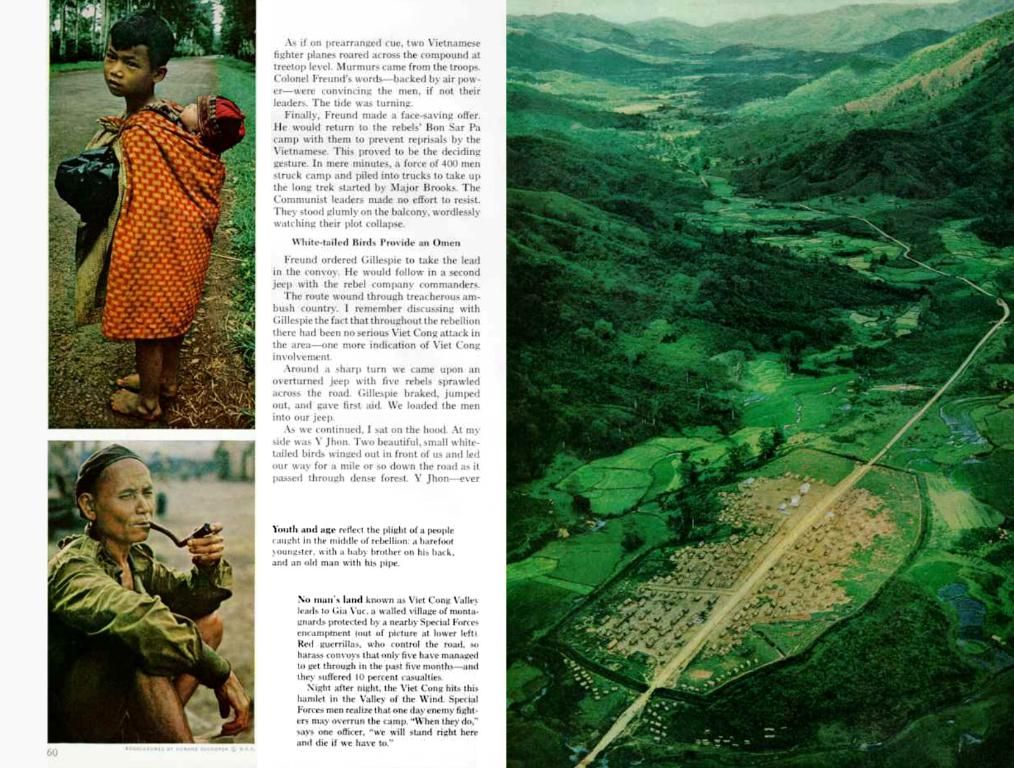Enhancing Home Safety in Extreme Weather Conditions: Current Strategies for Fortified Homes - Severe Climate Conditions: Advancements in House Safety Measures
In the wake of the devastating flooding that swept through Bavaria and Baden-Württemberg in May and June 2024, concerns surrounding the increase of extreme weather events due to climate change have escalated. The catastrophe resulted in significant loss of life and an estimated 4.1 billion euros in damages across both states, as reported by the Bavarian State Ministry of Finance and others.
The German Insurance Association (GDV) has estimated insured damages at approximately 2 billion euros. Despite the GDV's non-distinguishment between the states, it marked one of the most severe insured disasters in recent history. Approximately 55,000 addresses in the country remain at risk of flooding, with the majority situated in Baden-Württemberg, primarily in the districts of Rastatt, Main-Tauber, and Rems-Murr.
As flood risks are expected to rise in this region, GDV Deputy CEO Anja Kafer-Rohrbach highlights the need for proactive measures to ensure structural safety and resilience, given the likelihood of more frequent weather extremes brought about by climate change.
Architect Sven Haustein of Sparkasse Schwäbisch Hall suggests that proactive construction practices play a crucial role in reducing flooding risks. For new buildings, he emphasizes the importance of site selection, robust construction materials, storm-resistant features, secure roofing, proper sealants, effective rain and wastewater management, and smart technological implementations.
Even for existing properties, Haustein points out several retrofit options, such as reinforced roofs, innovative windows and doors, backflow preventers, integrated landscaping designs, and smart technology features that can help mitigate damage from extreme rainfall and flooding.
It is essential to note that while building or contents insurance may cover damage caused by storm, hail, lightning, and water from pipes, policies regarding flooding, landslides, snow pressure, earthquakes, avalanches, and other specific natural hazards may necessitate separate insurance coverage.
The flood disaster has reignited the debate on mandatory flood insurance, as only half of the buildings in Germany are currently protected against natural hazards, according to the GDV. In an attempt to counteract these risks, insurers advocate for building bans in floodplains.
In response to the increasing flood risks, Baden-Württemberg has enacted updated climate change mitigation and adaptation laws, emphasizing the importance of spatial planning for flood resilience. Additionally, municipalities are encouraged to adopt nature-based solutions, such as green roofs, permeable surfaces, river restoration projects, and infrastructure and drainage improvements. Measures like reducing soil sealing, retrofitting existing water management infrastructure, and employing natural-based adaptation methods are effective strategies for improving flood resilience across the region. For homeowners seeking to retrofit their properties, options such as raising critical utilities, installing flood barriers, sealing basements, improving drainage, and adopting nature-based adaptation measures are recommended.
- In light of the devastating floods in EC countries like Bavaria and Baden-Württemberg, caused by extreme weather events due to climate change, there is a growing need for vocational training programs to address the issue of environmental science and weather-forecasting.
- As the flood risks in regions like Baden-Württemberg are expected to rise, it is crucial to focus on proactive construction practices and retrofit options that include smart technological implementations, storm-resistant features, and nature-based solutions such as green roofs and river restoration projects.
- The catastrophic flooding has highlighted the importance of mandatory flood insurance, as only half of the buildings in Germany are currently protected against natural hazards, and insurers recommend building bans in floodplains, along with measures like reduced soil sealing, retrofitting existing water management infrastructure, and employing natural-based adaptation methods for flood resilience.








